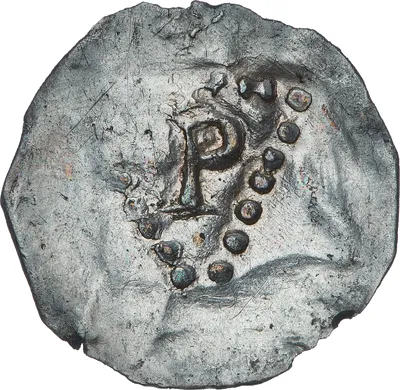The early coinage
The coins in the display case are grouped according to period and minting area. The first group (1-19) consists of coins minted in Sigtuna during the period around 995-1035. The group also contains two Danish coins that show a clear connection to Sigtuna (20-21). The other three groups consist of coins minted in Svealand (22-59), Götaland (60-79) and Gotland (80-85) in the period around 1150-1290. The coins minted for jarls or archbishops are located separately within each group (56-59, 79, 85).
The history of Swedish coinage began with a brief period of minting in Sigtuna. Coins were produced there from around 995 to 1035, initially by English experts. After around 1035, coin production in Sweden stopped. But around 1150 the minting of coins was resumed. The coins then had different weight and value depending on whether they were made in the region of Götaland, Svealand or Gotland. They circulated mainly in their area of manufacture, but could also be used outside of it. Most of the coins were minted by the king, but the right to issue coins was also given to some jarls (the king’s closest men) and archbishops. It is not clear who issued the coins produced on Gotland. Around 1290, a coinage reform was carried out which meant that the whole country got a common coinage system.
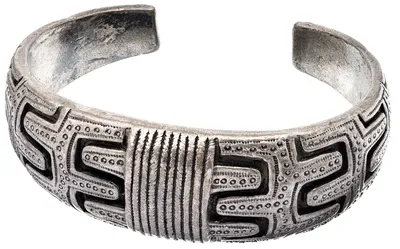
Armlet, type 3, Gotland, 11th century
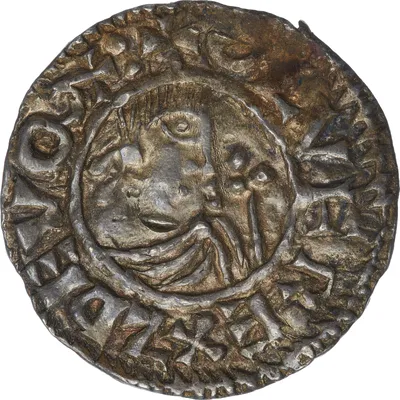
Penning, Sigtuna, Olof Skötkonung, circa 995–1000
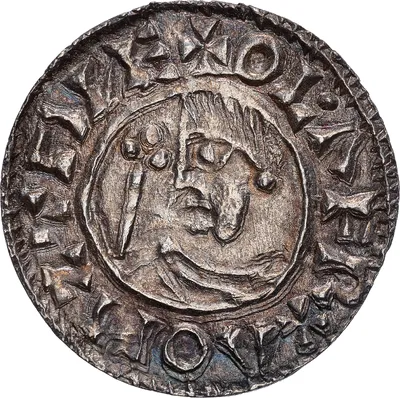
Penning, Sigtuna, Olof Skötkonung, circa 995–1000
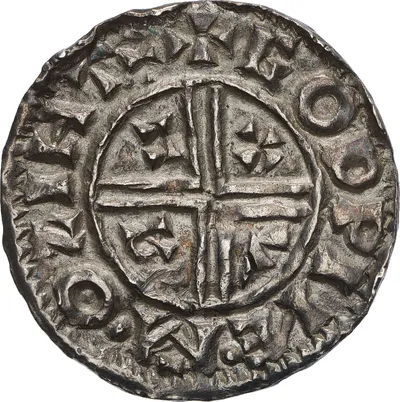
Penning, Sigtuna, Olof Skötkonung, circa 995–1000
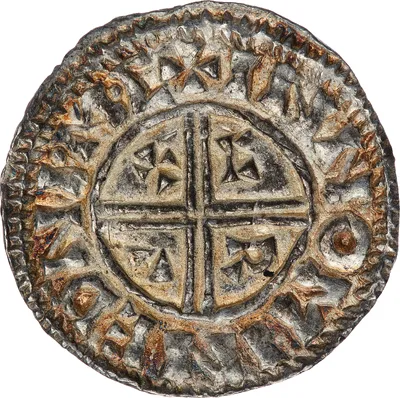
Penning, Sigtuna, Olof Skötkonung, circa 995–1000
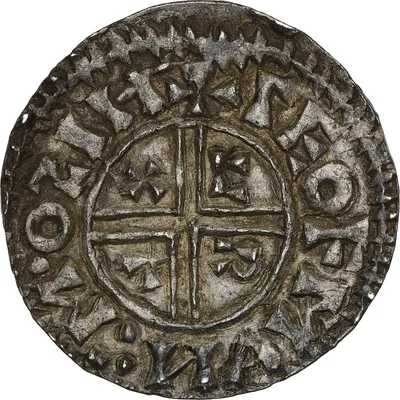
Penning, Sigtuna, Olof Skötkonung, circa 995–1000
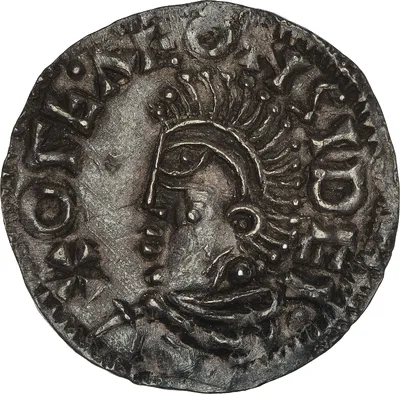
Penning, Sigtuna, Olof Skötkonung, circa 1000–1020
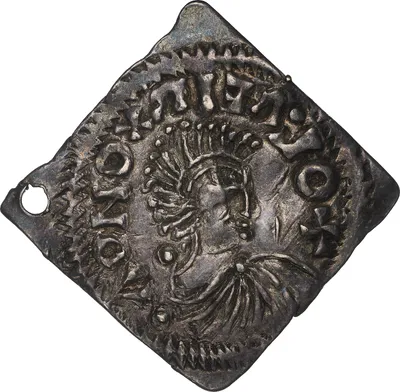
Penning, Sigtuna, Olof Skötkonung, circa 1000–1020
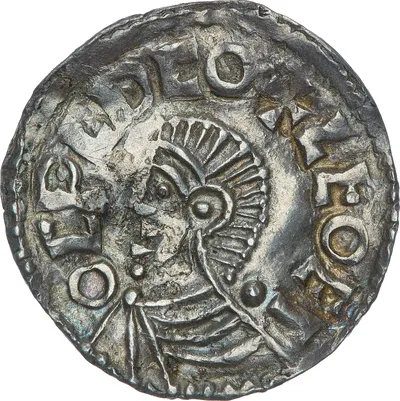
Penning, Sigtuna, Olof Skötkonung, circa 1000–1020
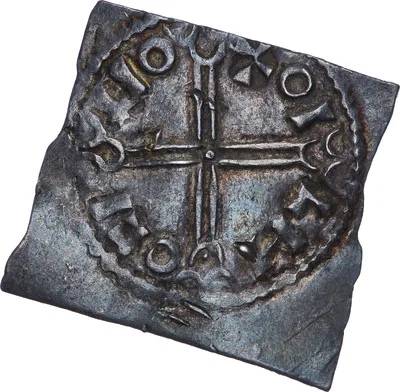
Penning, Sigtuna, Olof Skötkonung, circa 1000–1020
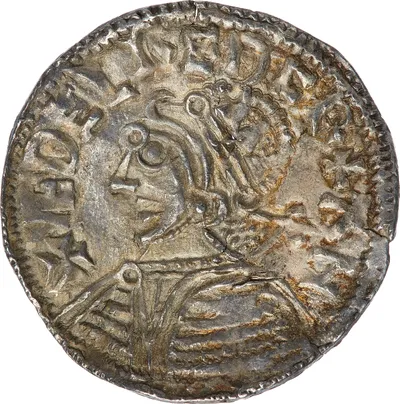
Penning, Sigtuna, Olof Skötkonung, circa 1000–1020

Penning, Sigtuna, Olof Skötkonung, circa 1000–1020
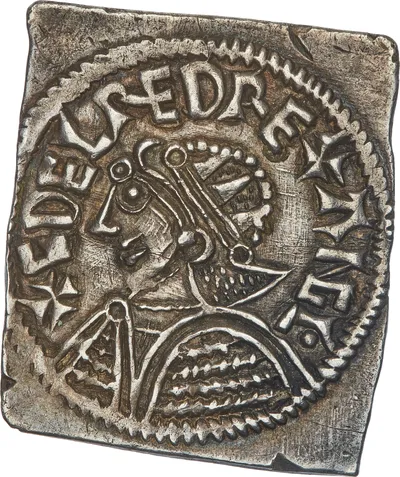
Penning, Sigtuna, Olof Skötkonung, circa 1000–1020
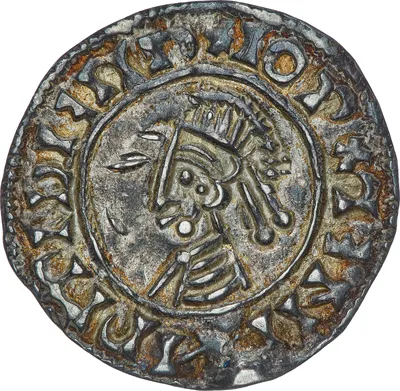
Penning, Sigtuna, Olof Skötkonung, circa 1000–1020
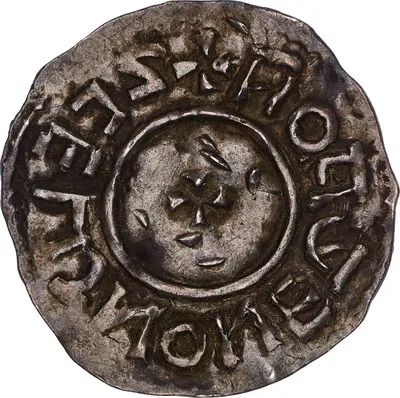
Penning, Sigtuna, Olof Skötkonung, circa 1000–1020
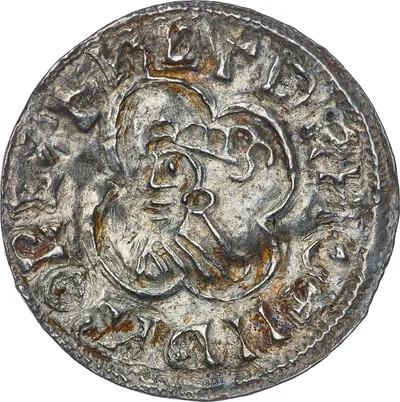
Penning, Sigtuna, Olof Skötkonung, circa 1000–1020
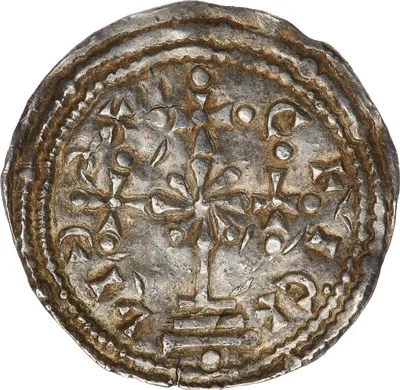
Penning, Sigtuna, Olof Skötkonung, circa 1000–1020
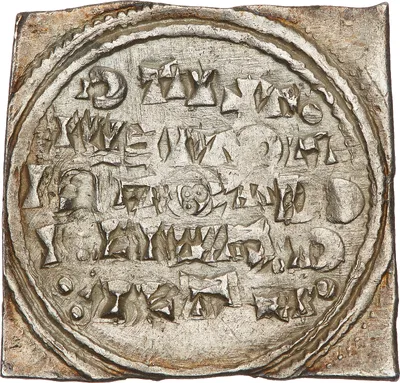
Penning, Sigtuna, Olof Skötkonung, circa 1000–1020

Penning, Sigtuna, Anund Jakob, circa 1020–1030
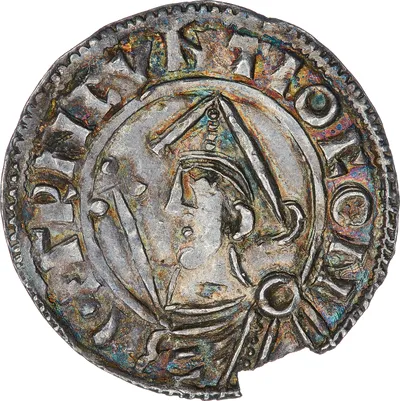
Penning, Sigtuna, Anund Jakob, circa 1020–1030
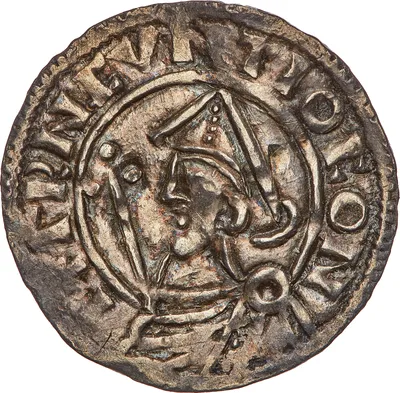
Penning, Sigtuna, Anund Jakob, circa 1020–1030
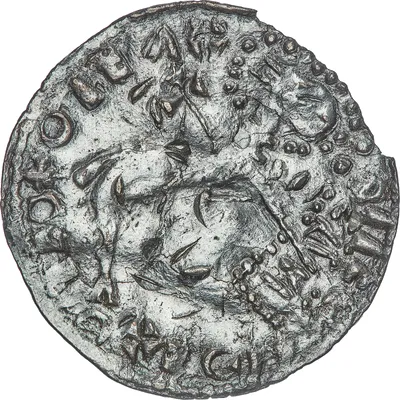
Penning, Lund, Cnut the Grat, circa 1020–1030
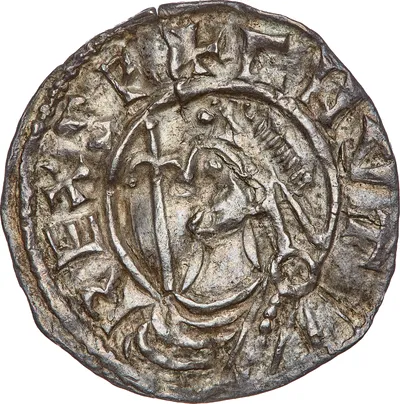
Penning, Lund, Cnut the Great, circa 1025–1030
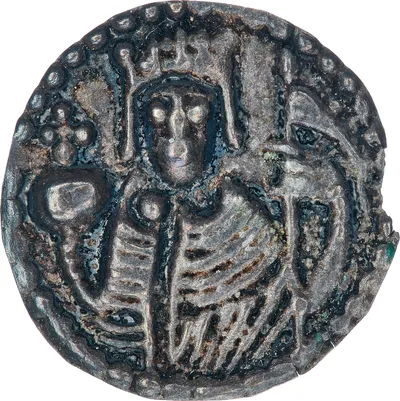
Penning, Svealand, Knut Eriksson, 1167–1196
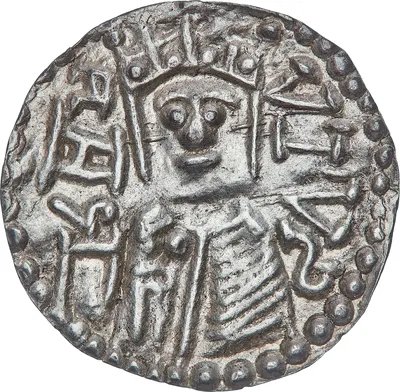
Penning, Svealand, Knut Eriksson, 1167–1196
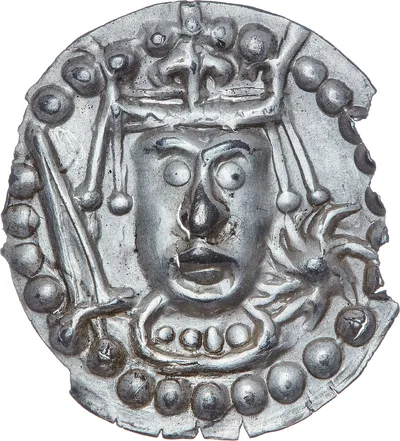
Penning, Svealand, Knut Eriksson, 1167–1196
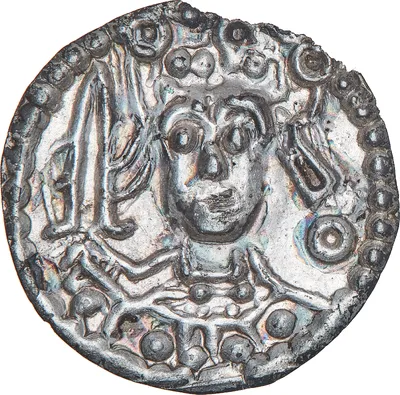
Penning, Svealand, Knut Eriksson, 1167–1196
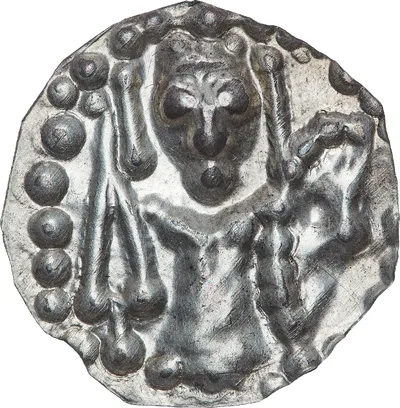
Penning, Svealand, Knut Eriksson, 1167–1196
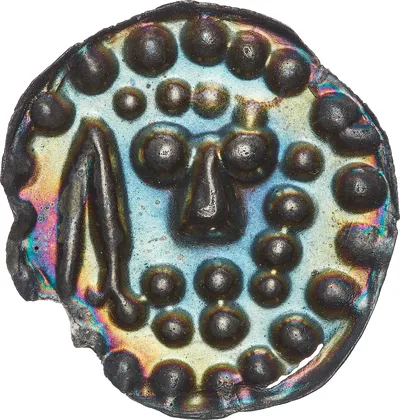
Penning, Svealand, Knut Eriksson, 1167–1196
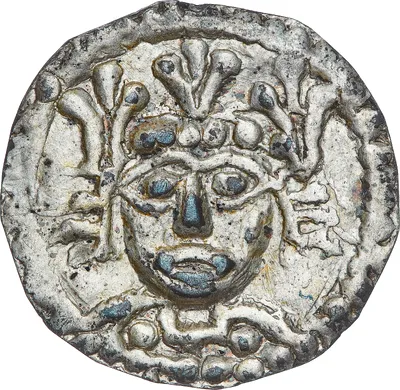
Penning, Svealand, Knut Eriksson, 1167–1196
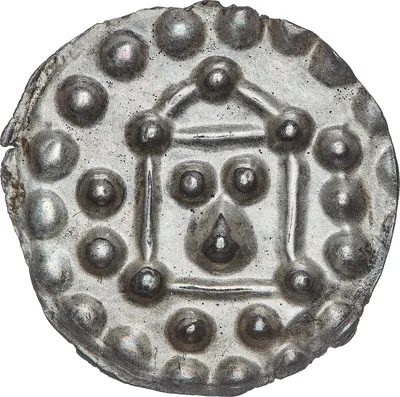
Penning, Svealand, Knut Eriksson, 1167–1196

Penning, Svealand, Knut Eriksson, 1167–1196

Penning, Svealand, uncertain ruler, cirka 1210–1220
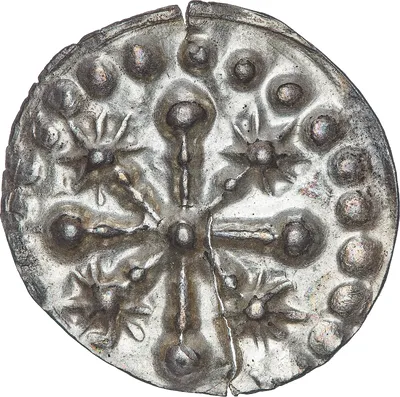
Penning, Svealand, uncertain ruler, cirka 1210–1220
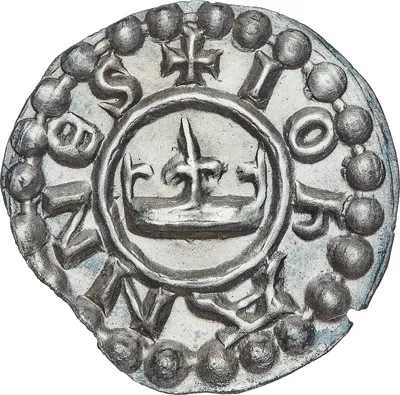
Penning, Svealand, Johan Sverkersson, 1216–1222
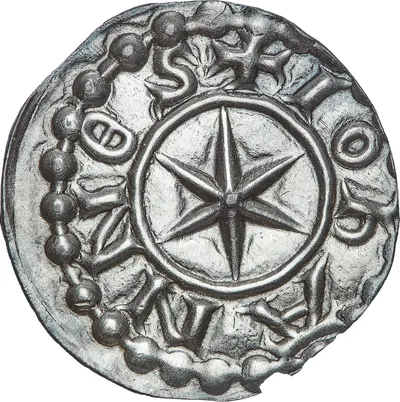
Penning, Svealand, Johan Sverkersson, 1216–1222
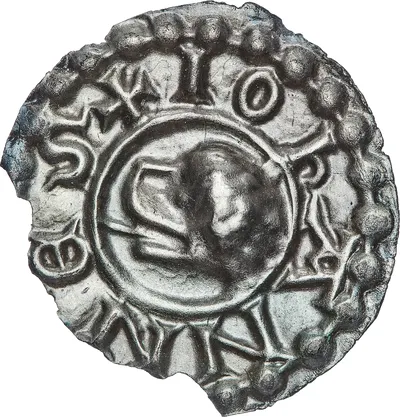
Penning, Svealand, Johan Sverkersson, 1216–1222
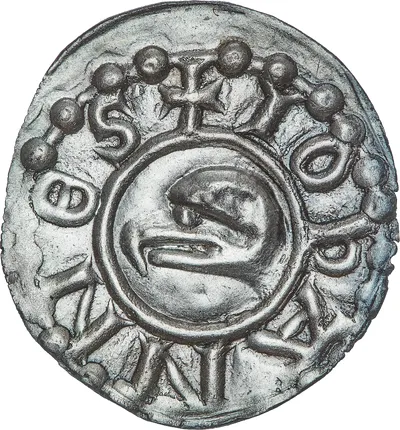
Penning, Svealand, Johan Sverkersson, 1216–1222
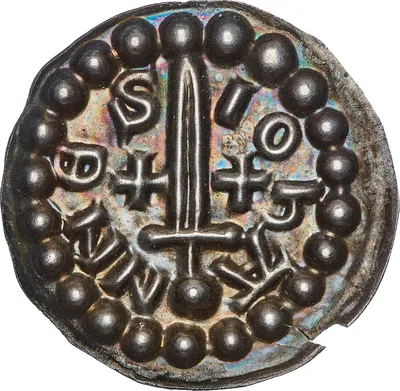
Penning, Svealand, Johan Sverkersson, 1216–1222
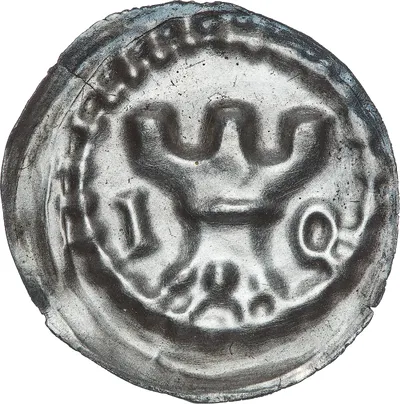
Penning, Svealand, Johan Sverkersson, 1216–1222
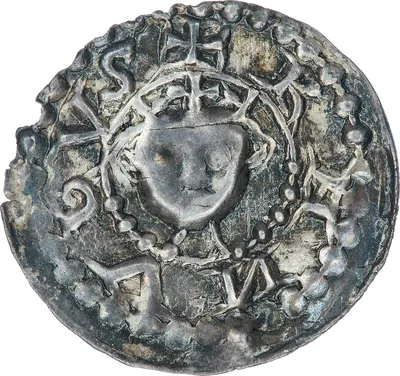
Penning, Svealand, Knut långe, 1229–1234
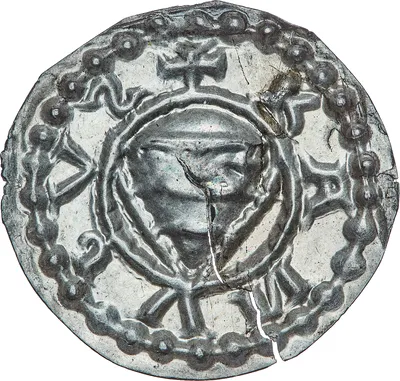
Penning, Svealand, Knut långe, 1229–1234
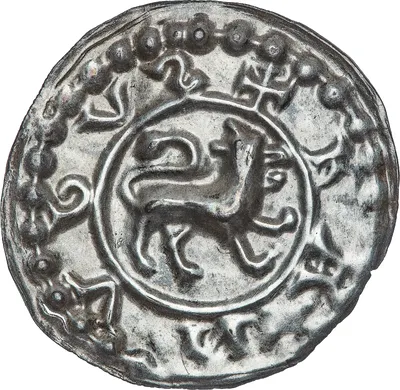
Penning, Svealand, Knut långe, 1229–1234
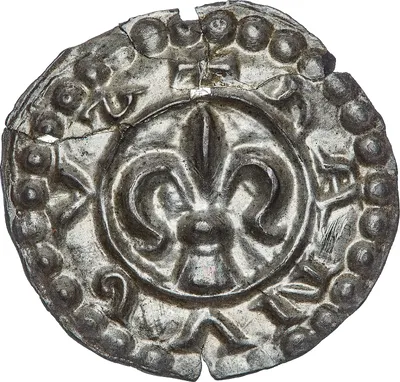
Penning, Svealand, Knut långe, 1229–1234
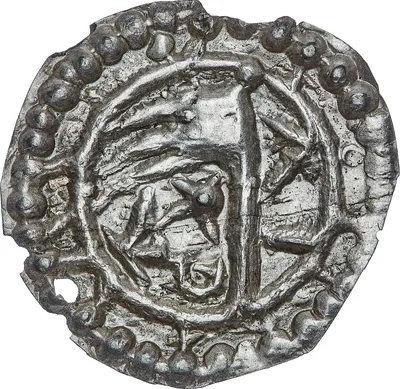
Penning, Svealand, Knut långe, 1229–1234
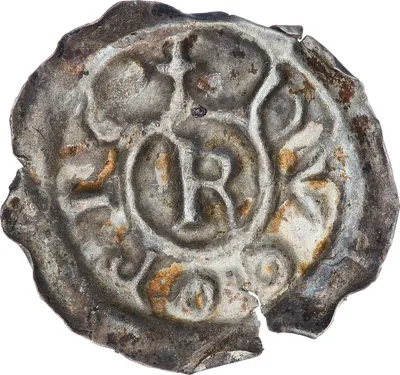
Penning, Svealand, Knut långe, 1229–1234
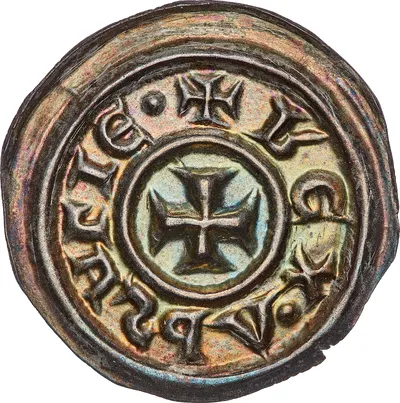
Penning, Svealand, Erik Eriksson, 1222–1229, 1234–1250
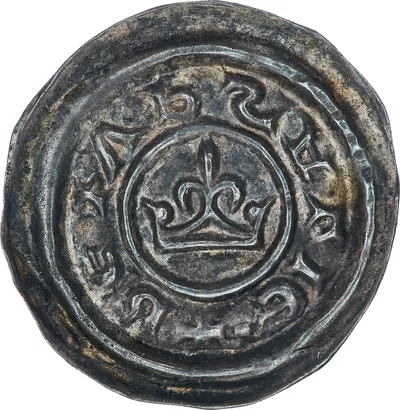
Penning, Svealand, Erik Eriksson, 1222–1229, 1234–1250
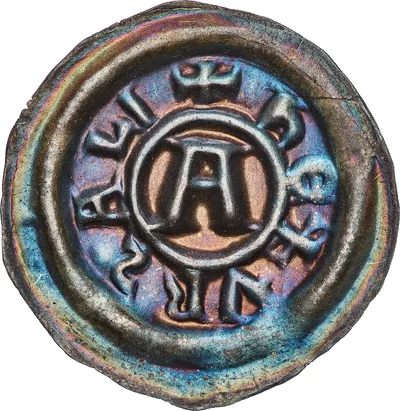
Penning, Svealand, Erik Eriksson, 1222–1229, 1234–1250
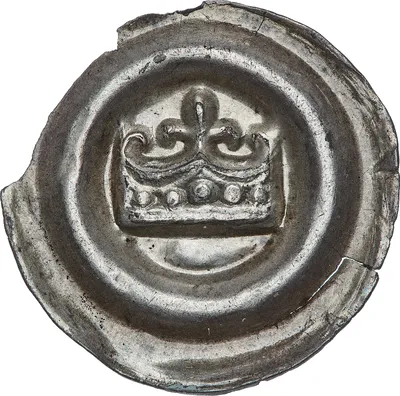
Penning, Svealand, Valdemar Birgersson, 1250–1275

Penning, Svealand, Valdemar Birgersson, 1250–1275
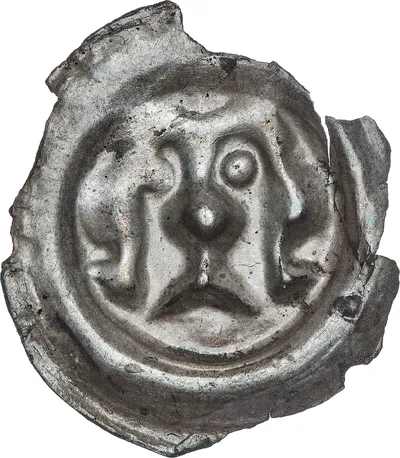
Penning, Svealand, Magnus ladulås, 1275–1290
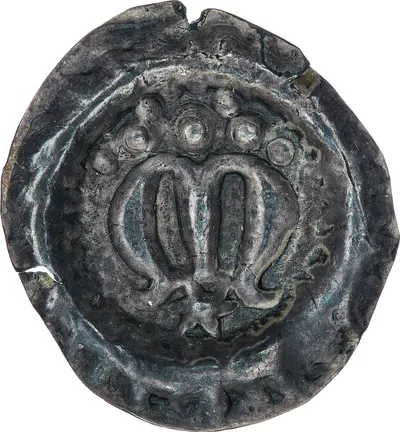
Penning, Svealand, Magnus ladulås, 1275–1290
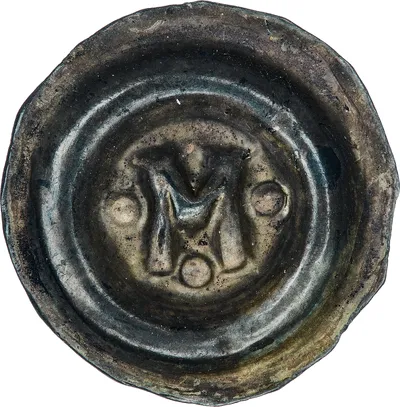
Penning, Svealand, Magnus ladulås, 1275–1290
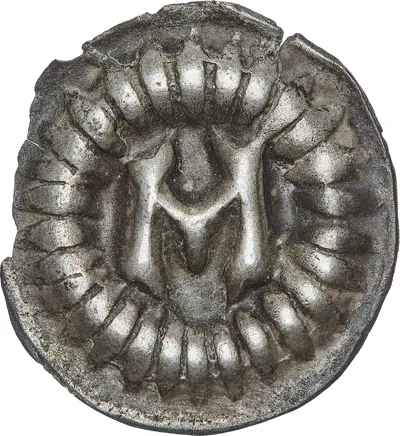
Penning, Svealand, Magnus ladulås, 1275–1290
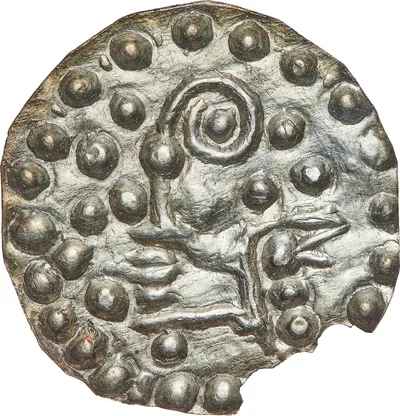
Penning, Svealand, archbishop, cirka 1190

Penning, Svealand, archbishop, circa 1200

Penning, Svealand, Ulf fase jarl, 1230–1247

Penning, Svealand, Ulf fase jarl, 1230–1247
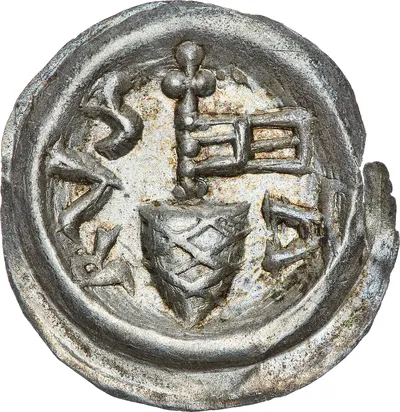
Penning, Svealand, uncertain ruler, circa 1200–1280
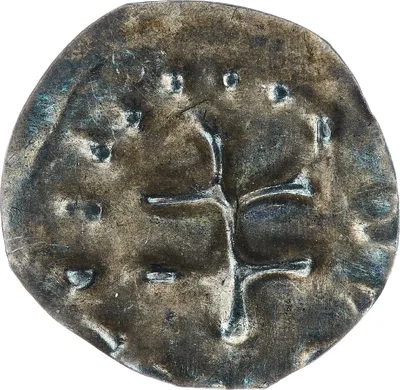
Penning, Götaland, Sverker the Elder, circa 1130–1156

Penning, Götaland, Karl Sverkersson, 1161–1167
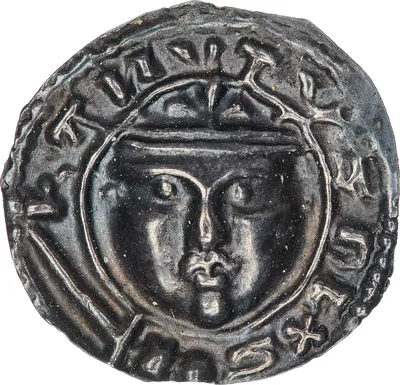
Penning, Götaland, Knut Eriksson, 1167–1196
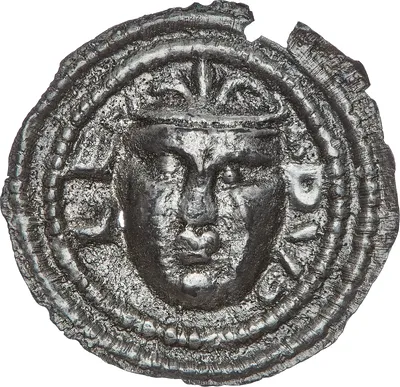
Penning, Götaland, Knut Eriksson, 1167–1196
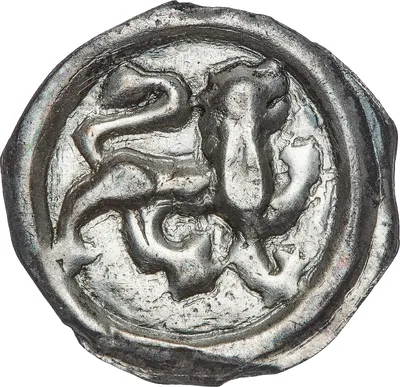
Penning, Götaland, Sverker Karlsson, 1196–1208
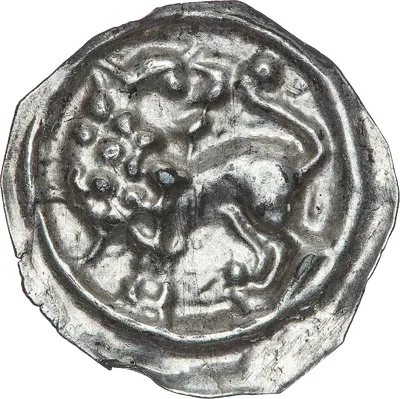
Penning, Götaland, Sverker Karlsson, 1196–1208
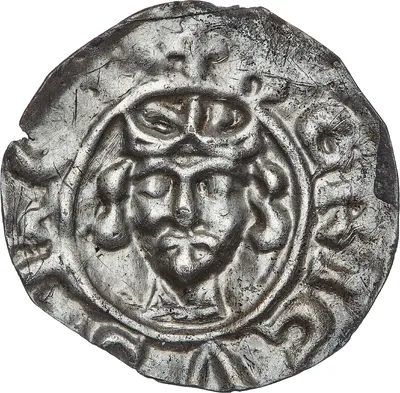
Penning, Götaland, Erik Knutsson, 1208–1216

Penning, Götaland, Johan Sverkersson, 1208–1216
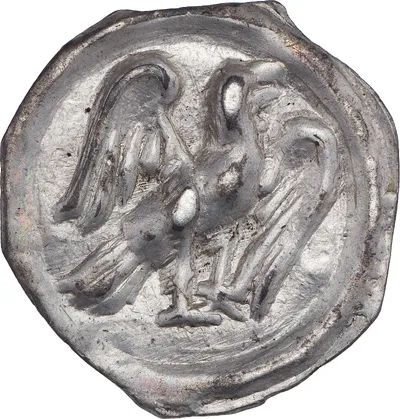
Penning, Götaland, Erik Eriksson, 1222–1229, 1234–1250
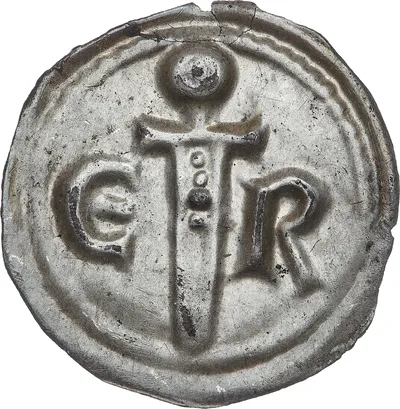
Penning, Götaland, Erik Eriksson, 1222–1229, 1234–1250

Penning, Götaland, Erik Eriksson, 1222–1229, 1234–1250
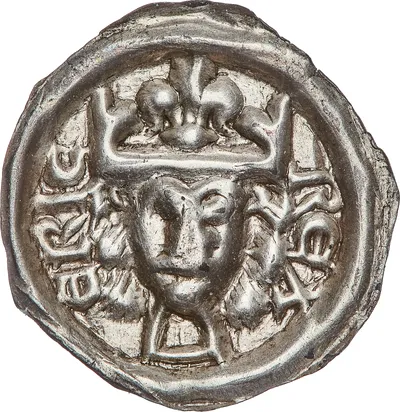
Penning, Götaland, Erik Eriksson, 1222–1229, 1234–1250
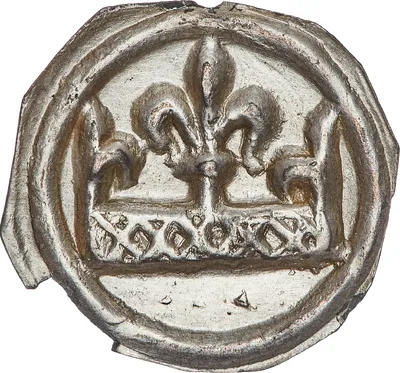
Penning, Götaland, Erik Eriksson, 1222–1229, 1234–1250
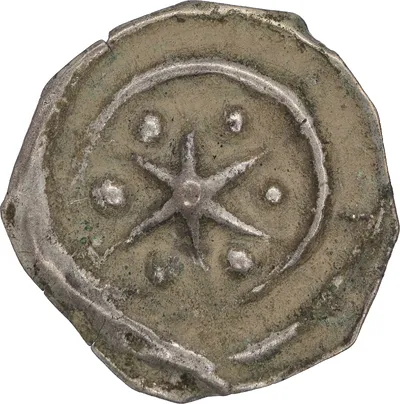
Penning, Götaland, Erik Eriksson, 1222–1229, 1234–1250
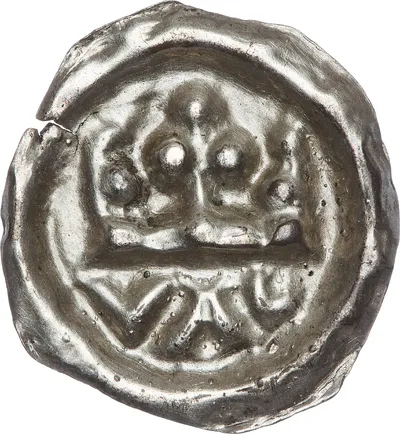
Penning, Götaland, Valdemar Birgersson, 1250–1275
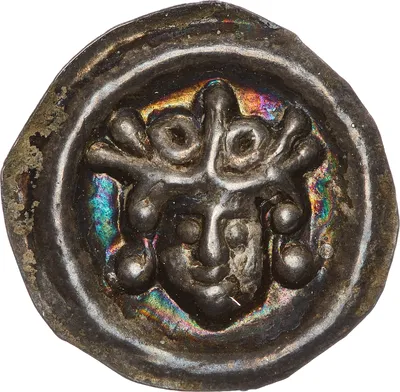
Penning, Götaland, Valdemar Birgersson, 1250–1275
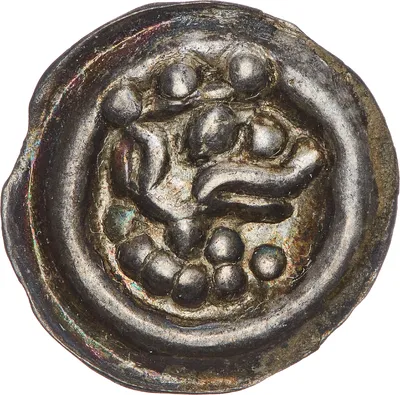
Penning, Götaland, Valdemar Birgersson, 1250–1275
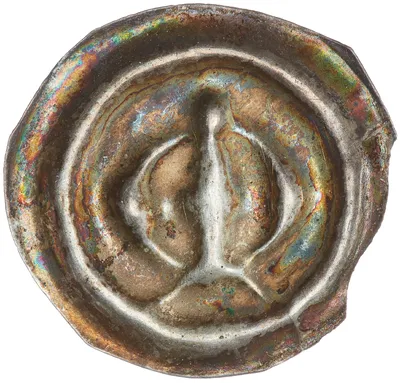
Penning, Götaland, Magnus ladulås, 1275–1290
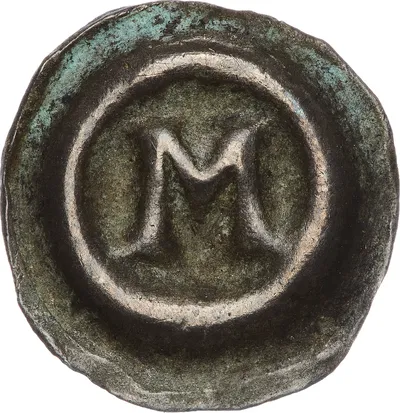
Penning, Götaland, Magnus ladulås, 1275–1290

Penning, Götaland, Magnus ladulås, 1275–1290
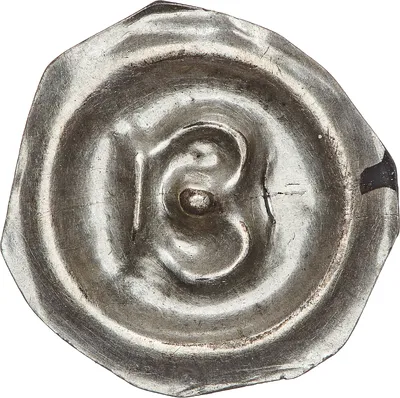
Penning, Götaland, Birger jarl, 1248–1266
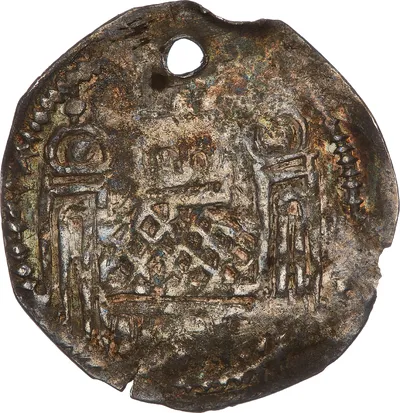
Penning, Gotland, uncertain authority, circa 1140
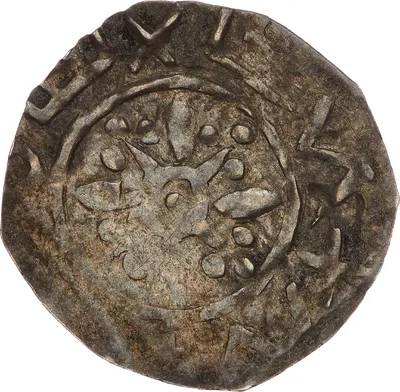
Penning, Gotland, uncertain authority, circa 1150–1220
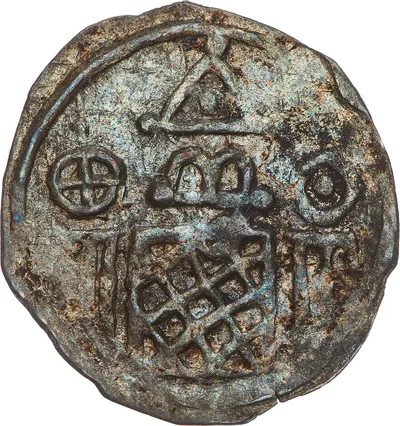
Penning, Gotland, uncertain authority, circa 1150–1220
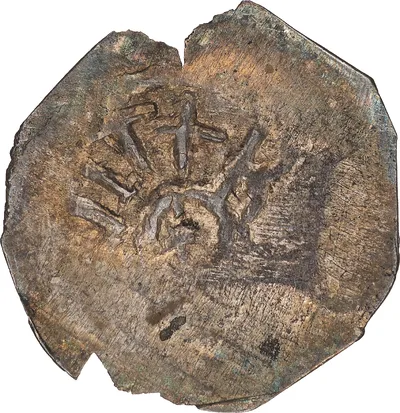
Penning, Gotland, Botulf, circa 1210–1220
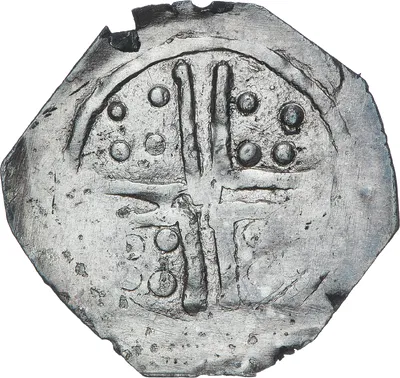
Penning, Gotland, Botulf, circa 1210–1220
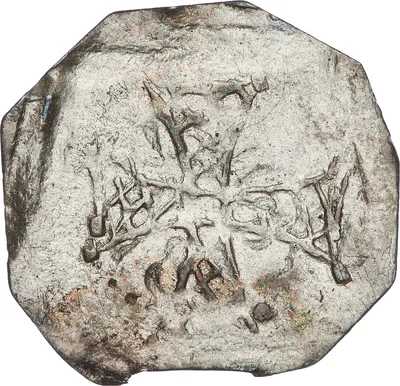
Penning, Gotland, uncertain authority, circa 1220–1280
